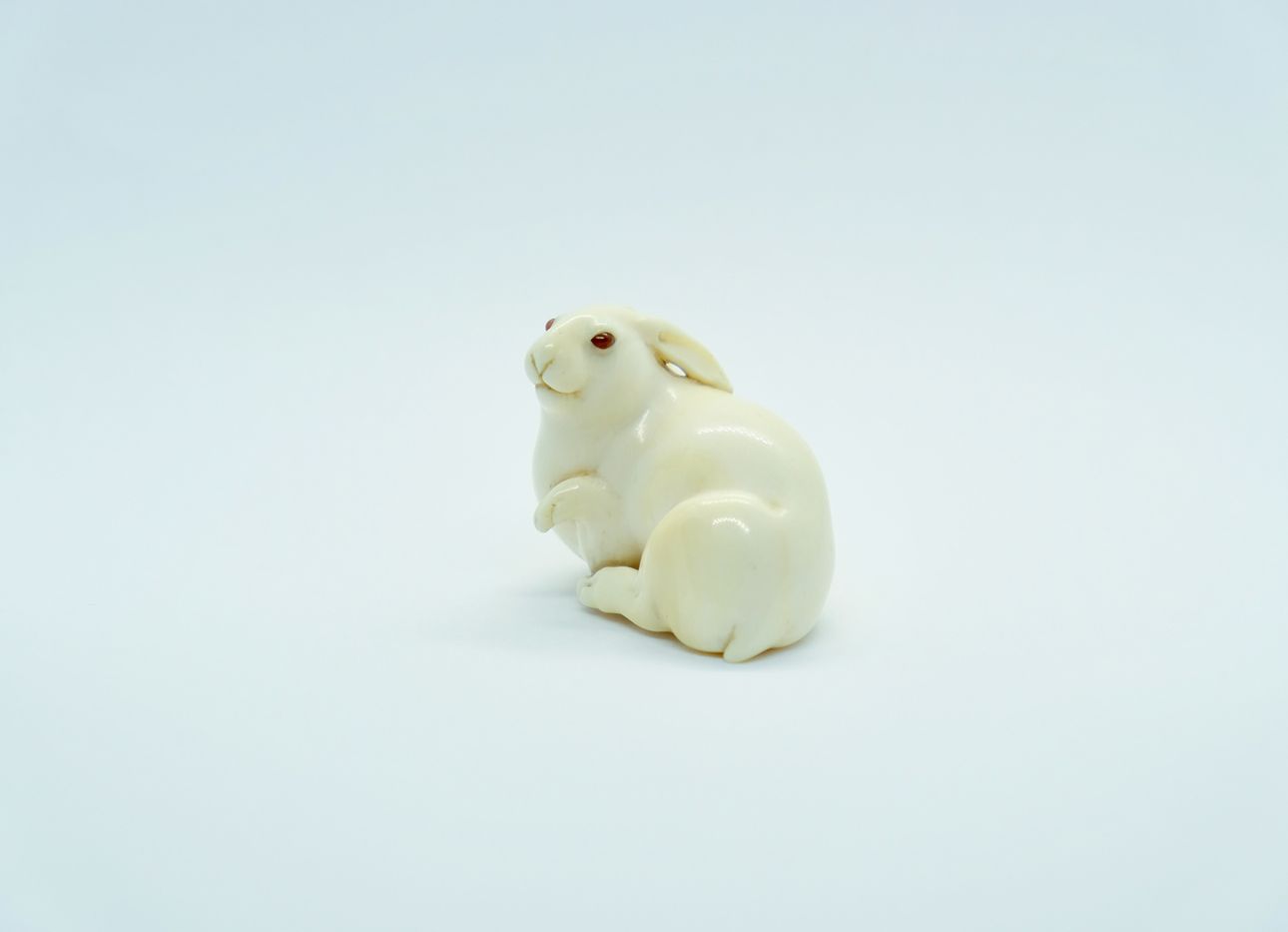
Visualizing a Family History by Gathering Fractured Pieces of the Past
“The Hare with Amber Eyes” (on view Nov. 19, 2021, through May 15, 2022) is a remarkable, meditative exhibition at New York’s Jewish Museum based on the New York Times bestselling family memoir of the same name by London-based artist, author, and master potter Edmund de Waal (who was the guest on Ep. 99 of our At a Distance podcast). The show traces the history and migration of the artist’s relatives, who descended from Charles Ephrussi—a Paris-based art historian and collector whose family rose to prominence in the first half of the 19th century and lost its fortune to Nazi looting during World War II—and contemplates the ways in which objects can serve as vessels for human narratives, symbols of resilience, and markers of an enduring familial legacy.
Visitors are invited to explore six immersive galleries, designed by the award-winning architectural firm Diller Scofidio + Renfro (whose co-founder Elizabeth Diller was the guest on Ep. 9 of our Time Sensitive podcast) to echo de Waal’s own experience of putting together his ancestors’ story through fractured pieces of the past. (There’s minimal wall text, allowing the objects to take center stage.) Diller Scofidio + Renfro worked closely with de Waal and the museum to gather items, from the 17th century to today, that represent the Ephrussis’ locations in place and time.
To that end, a sweeping assortment of the family’s ornate decorative objects is presented alongside personal photographs and an exhaustive lot of ephemera from the family’s life across four continents. There’s a gallery focused on the architecture of 19th-century Vienna, for example, including its central synagogue, the Stadttempel; and a room dedicated to Paris that surveys Charles Ephrussi’s work and influence in the art world, represented through pieces by artists including Jean-Honoré Fragonard, Claude Monet, Gustave Moreau, Berthe Morisot, and Auguste Renoir. Audio of de Waal reading from his book stands in for objects that were lost or destroyed.
At the very heart of the exhibition is the Ephrussis’ extraordinary collection of some 150 netsuke—tiny carved figurines from the Edo period in 17th- to 19th-century Japan—which survive thanks to a maid who concealed them from German officials in her mattress and later returned them to the family after the war. (The sculptures have since been handed down through generations, and currently reside in de Waal’s possession.) Among the netsuke is the honey-eyed hare, housed in a vitrine, that once sat in the artist’s home.
The sheer volume of items in the show, particularly the netsuke, might remind viewers of de Waal’s work as a ceramicist, in which he throws and fires porcelain vessels that he often painstakingly arranges in groups, or repairs using the Japanese art of kintsugi. His proclivity for investigating themes of materiality and memory is readily apparent in the exhibition, which illustrates how engaging with history can be a rich, eye-opening way of understanding the past, present, and future.